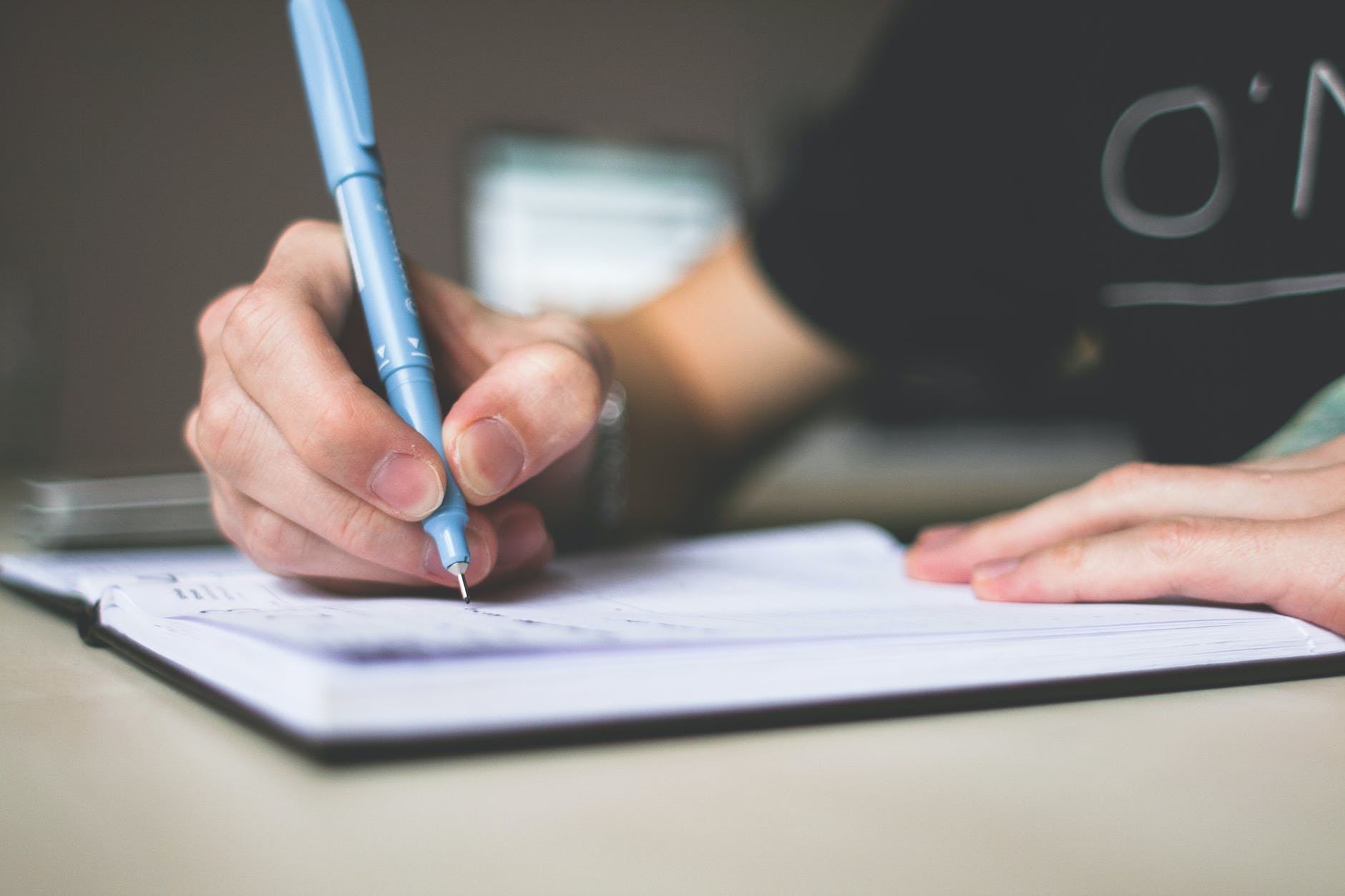Dancing with decisions
In one of the musicality seminars I followed the teachers were always asking us “Makes sense?” after they had just explained and demoed a concept. The obvious answer from all of us was yes. Later on, having taken a few more lessons, another teacher introduced us to the idea of decisions. When you dance he said… you always need to take decisions. You break the song down into pieces and then decide what and how are you going to interpret each different piece.
The more I started applying this approach of thinking in a more generic and high-level view of the song… getting away from the decision of what figure should I execute now and what next… and thinking on the level of whether should I focus on the rhythm, the melody or the counter melody now and where next… I started realizing my dance changing. Moreover, I started realizing that it was getting more pleasant for my partner. It seems that it was easier for them to follow me. What happened?
Planning sensible decisions
In a previous post, I was trying to make a link between musicality and the opinion we have on a subject. I was trying to transfer the concept of musicality in terms of the normal speech-dialogue paradigm. I still think that having worked on the musicality of a song is like having a specific opinion on a subject which in this case is the song. Now, in order to have an opinion you need first a decision… “This is what I think about it”. So decisions on the high-level analysis of a song are actually the decision that forms our opinions.
Last but not least. How can you make your decisions and opinions even better? Making them sensible. A song is a series of decisions… if you manage to connect them in a logical sequence the whole dance of the song will… make sense. For example, I know that Laurenz has a long variation at the end of “No me extranas”. The same variation plays earlier in the song with a strong violin melody on top of it. So, how should I dance these two parts? I can focus on the melody when I hear it and then step on the rhythm at the end where there is no melody… or… I could dance the rhythm and ignore the melody in the first part and then replay the melody in the end when it does not exist by trying to step on it (keeping it in my mind).
Both decisions about each of the two parts depend on the decision of the other part and they want to make a point. Emphasize the countermelody in an explicit or implicit manner. So both combinations will make sense. Probably there are also even more combinations but in the end, they will all make sense in some way if you connected your decisions and you created a series of opinions on the music that are interdependent and connected. This is like reading a well-written essay where each argument and opinion expressed leads to the following in a logical manner. In the end, you will at least admit that it was a well-written essay, even if you disagree with it.
If this post resonates with you…
Subscribe here!
I’ll send you the next one straight to your inbox.
Tonight’s Goodnight Tango
So that’s what happens to your partner. They listen to an essay with a logical series of opinions and this makes it a lot easier to get them on your side, convince them and make them even double down on what you suggest leading all in a much more pleasant and easy conversation.
However, in order to achieve this you need to study, analyze and think about what are you listening to, in order to be able and make your decisions, form opinions, and connect them in a way that makes sense! It goes without saying that tonight’s Goodnight Tango is No me extranas from Laurenz so that you can listen, analyze and make your own sensible essay the next time you dance to it.


Leave a Reply